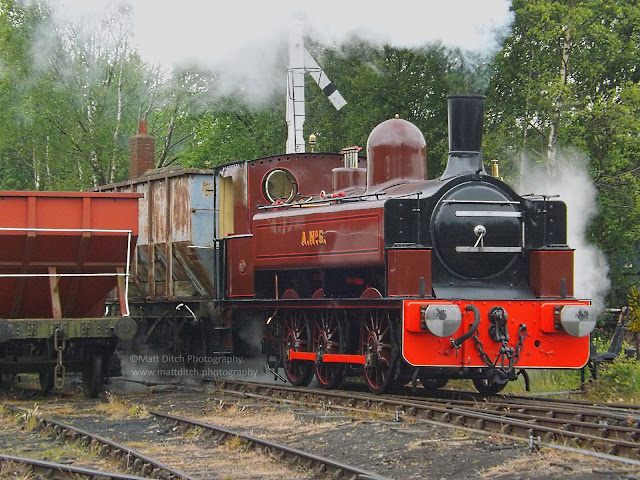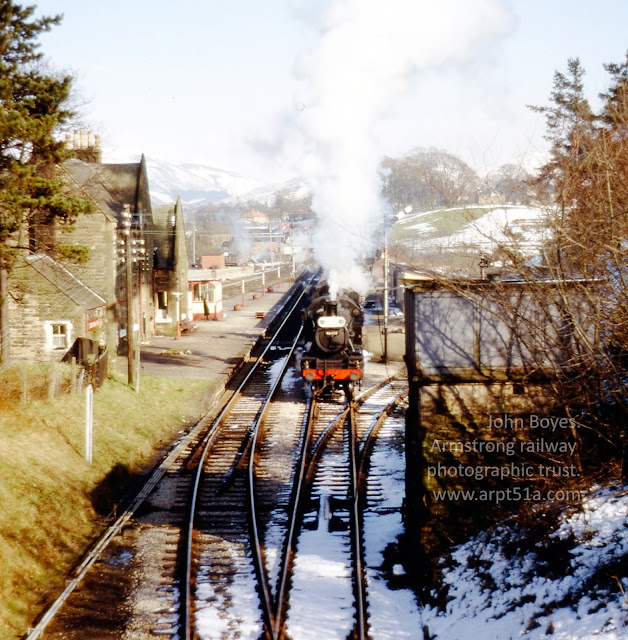Railways around Chopwell

Railways around Chopwell Chopwell and Garesfield Railway The Chopwell and Garesfield Railway was opened in 1899 by the Consett Iron Co LTD, although some parts of the railway date back to earlier waggonways. The railway carried coal from Chopwell Colliery and High Spen/Garesfield Colliery(Bute Pit) to Derwenthaugh Coke works (built 1928) and onto Derwenthaugh staithes on the River Tyne. Today the section of trackbed through the woods is called the “Old Colliery Railway Footpath”, which is where the following pictures were taken. A short section of track has been relayed on the former trackbed and a pair of 21 ton wagons placed on top of it. The wagon closest to the camera is painted in National Coal Board livery and the furthest is painted in Consett Iron Co Livery, to reflect the two owners of the railway. These are located a short distance from the main car park. This wood carving depicts one of the Kitson long boiler 0-6-0 Pannier tanks that used to work the line. This is one of
